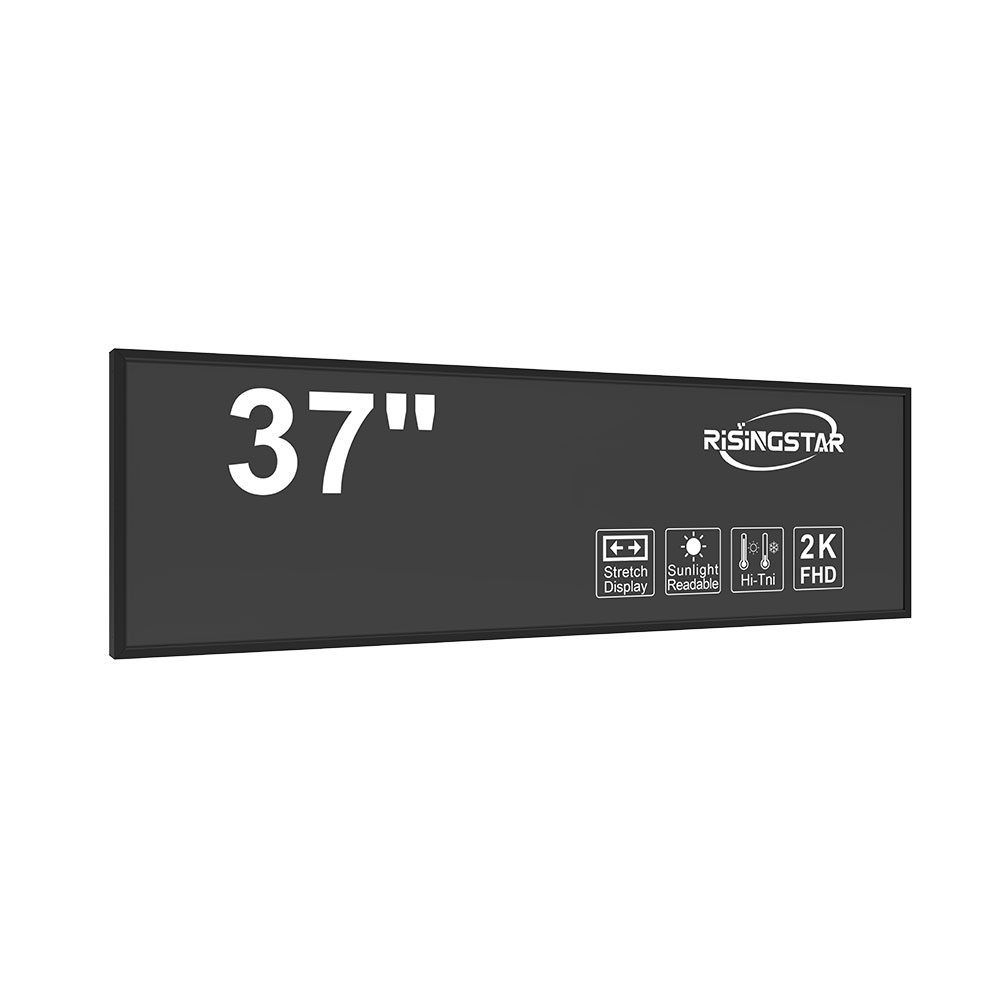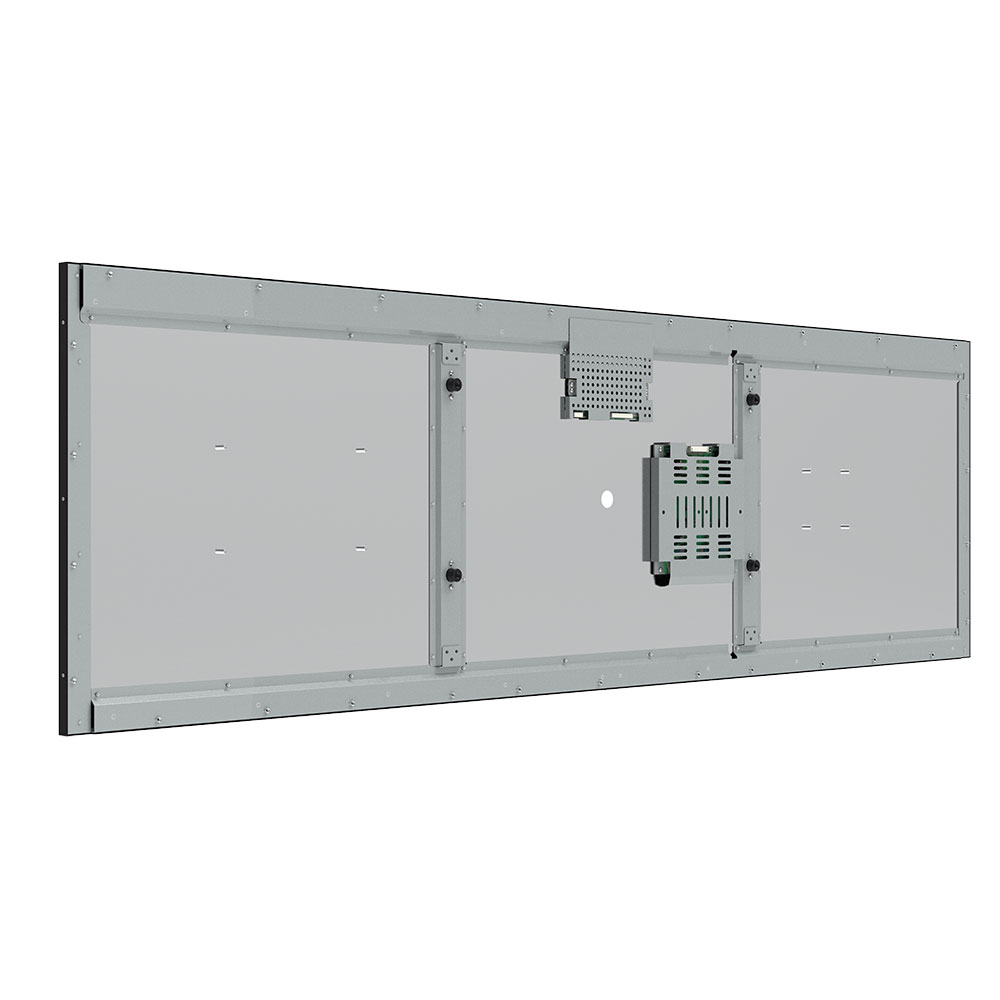- Home
- About Us
- Products
- News
- Video
- Contact
- Send Inquiry
Search
- Home
- About Us
- Products
- News
- Video
- Contact
- Send Inquiry

Selecting the appropriate outdoor LCD screen for high-brightness applications demands a comprehensive understanding of environmental factors, display technologies, and industry standards. As urban infrastructure grows more reliant on digital signage—such as in transportation hubs, retail plazas, and public spaces—the demand for robust, reliable, and energy-efficient outdoor displays has surged. According to the Global Digital Signage Market Report (2023), the outdoor segment accounted for over 45% of total digital signage revenue, with high-brightness LCDs representing the dominant technology due to their cost-effectiveness and performance under direct sunlight.
First, brightness is critical. For effective visibility in daylight conditions, outdoor LCD screens must deliver at least 5,000 nits of peak brightness—a benchmark established by the Society of Motion Picture and Television Engineers (SMPTE). While standard indoor LCDs typically provide 300–500 nits, outdoor models must exceed this range to maintain clarity under intense solar radiation. Advanced LED-backlit panels and anti-glare coatings are commonly used to achieve this level of luminance without increasing power consumption disproportionately.
Second, environmental resilience is non-negotiable. IP65 or higher ratings for dust and water resistance ensure that the display remains operational in rain, snow, or dusty environments. Additionally, wide operating temperature ranges—from -20°C to +60°C—are essential for global deployment, especially in regions like the Middle East or Arctic climates. A case study from a major airport in Dubai demonstrated that an outdoor LCD screen with a Class 1 IP68 enclosure survived three consecutive sandstorms without performance degradation, validating the importance of ingress protection.

Third, content management systems (CMS) integrated with real-time weather data can dynamically adjust brightness levels based on ambient light. This feature not only improves viewer experience but also reduces energy usage by up to 30%, aligning with ISO 50001 energy management standards. Leading manufacturers such as LG, Samsung, and Sharp have adopted adaptive brightness algorithms in their outdoor displays, enhancing both efficiency and longevity.

Finally, consider durability and maintenance. Outdoor LCDs should be designed for long-term use—ideally exceeding 60,000 hours of continuous operation. Modular design and hot-swappable components reduce downtime during servicing. In a 2022 field test conducted by the University of California, Berkeley, an outdoor LCD installation using a fanless cooling system lasted over five years without hardware failure, highlighting the importance of passive thermal management in extreme conditions.
By prioritizing brightness specifications, environmental sealing, intelligent power control, and build quality, organizations can make informed decisions that maximize return on investment while ensuring consistent visual impact in demanding outdoor settings.